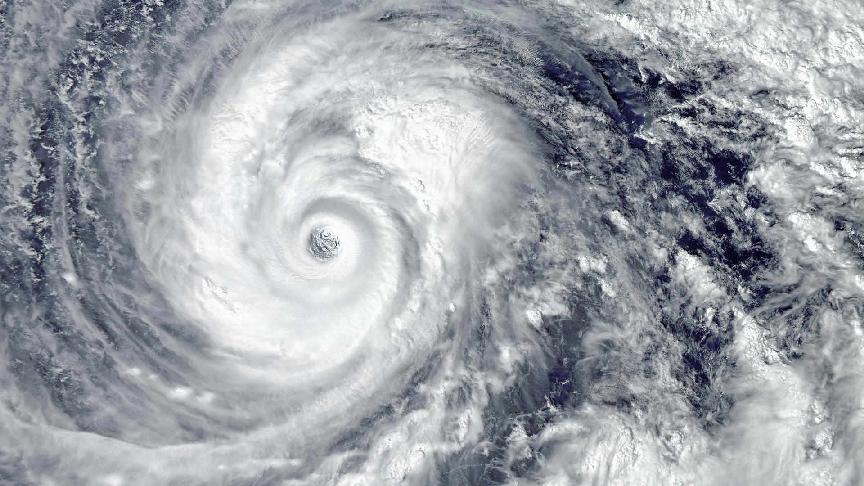Forecasters at the National Oceanic and Atmospheric Administration (NOAA) predict a 60% chance of an above-normal Atlantic hurricane season in 2023.
This was an upward revision of its previous forecast in May of 30% when a near-normal season was more likely.
The Atlantic hurricane season begins in June and lasts six months, ending on 30 November. It peaks on 10 September, with most hurricanes occurring between mid-August to mid-October. An average season has 14 named storms, of which 7 become hurricanes, including 3 major hurricanes.
NOAA's forecasts - with 70% confidence - 14 to 21 named storms, 6 to 11 hurricanes and 2 to 5 major hurricanes in 2023. The revised ranges includes the five storms which have already occurred.
The reason for this increased activity, according to forecasters, is the ongoing El Nino coupled with record-warm Atlantic sea surface temperatures.
"El Nino usually results in atmospheric conditions that help to lessen tropical activity during the Atlantic hurricane season. So far, those limiting conditions have been slow to develop and climate scientists are forecasting that the associated impacts that tend to limit tropical cyclone activity may not be in place for much of the remaining hurricane season," explains NOAA.
It adds that there is a 95% chance the El Nino conditions will continue through the Northern Hemisphere winter.
While the number of storms expected may be alarming, it is not an estimate of the number of landfalls. The unpredictability of storms means that landfall can typically be forecasted roughly a week ahead.
Furthermore, to improve its forecasting ability, the administration is running its new Hurricane Analysis and Forecast System (HAFS) alongside its current system this season before its implementation next year. According to the NOAA, HAFS improved track predictions by 10-15% during testing between 2019 and 2022. Additionally, it is better at predicting the rapid intensification of storms than its predecessor.
Nevertheless, the agency emphasised awareness and preparation for hurricane season.
"NOAA urges everyone in vulnerable areas to have a well-thought-out hurricane plan and stay informed through official channels as this season progresses."







